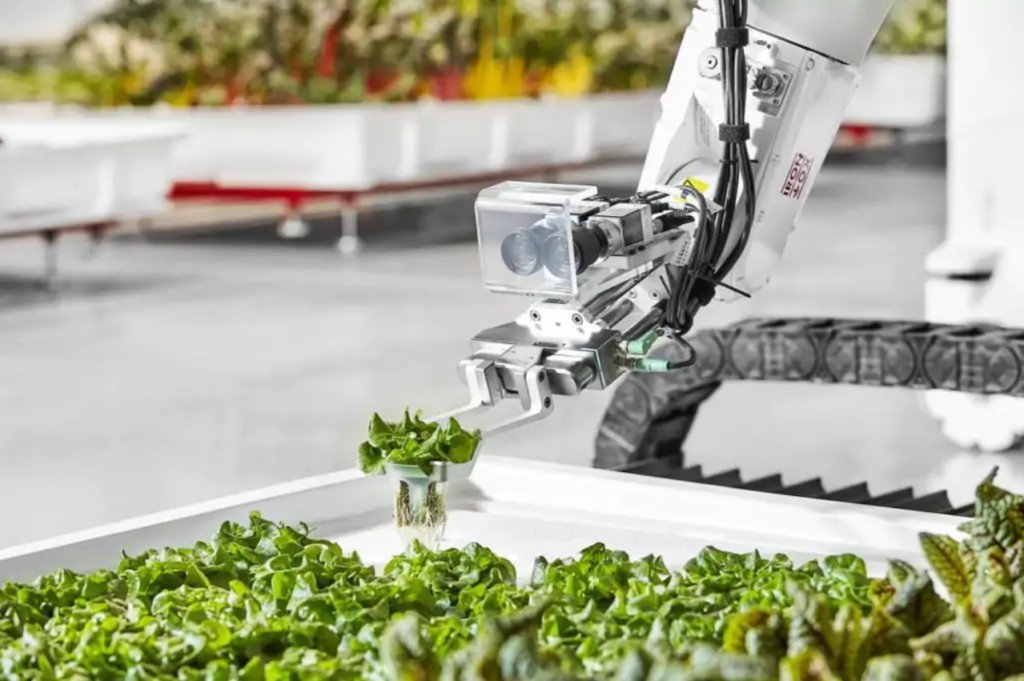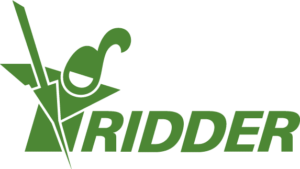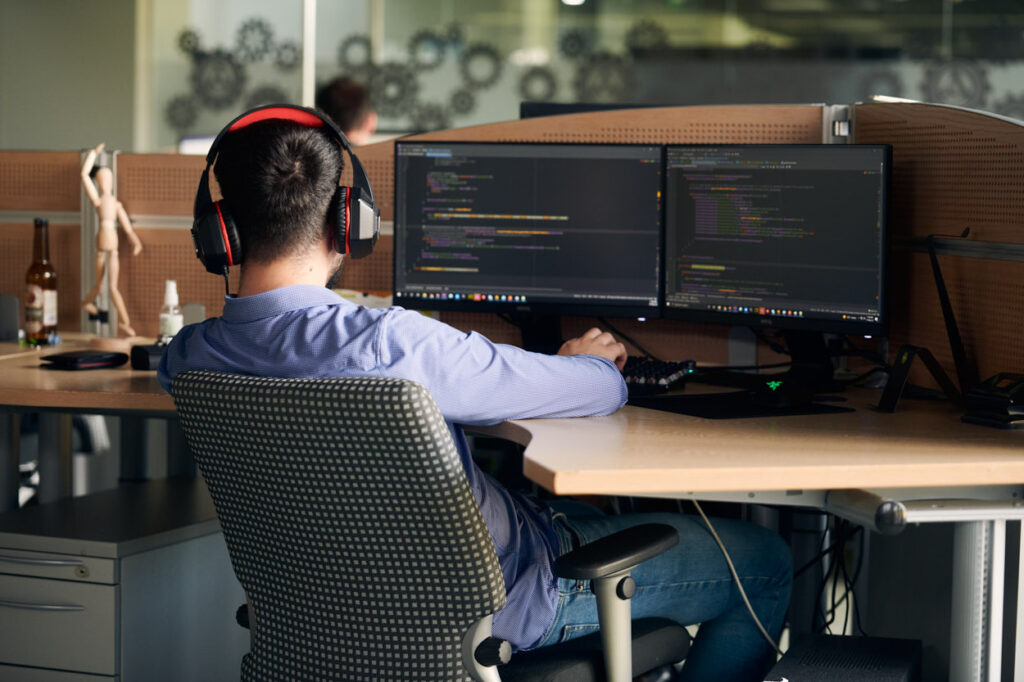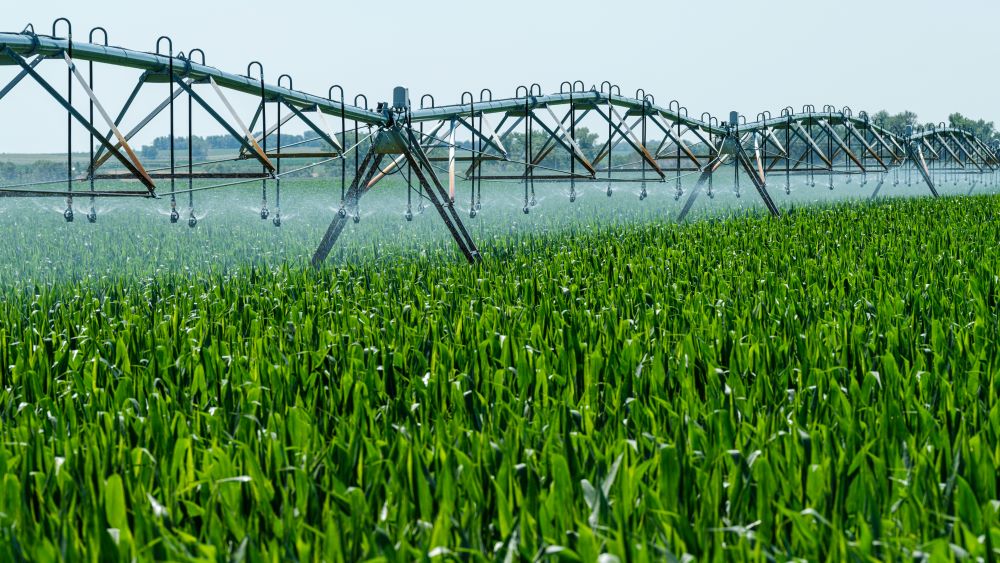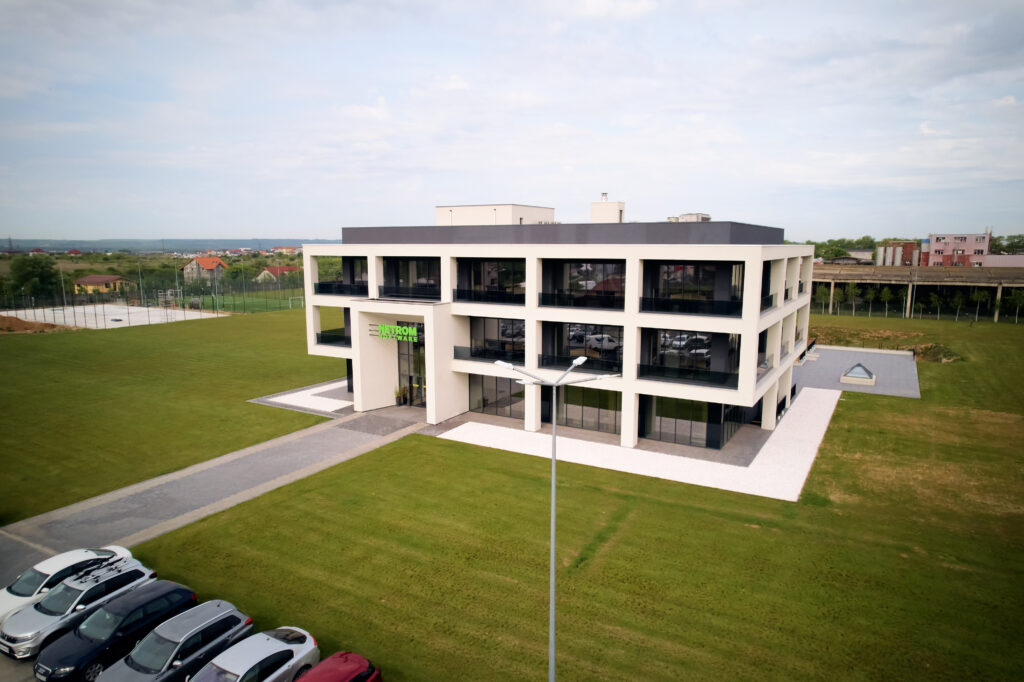Successful cooperation with a nearshore party is not always a given. Debeij: “From my experience, I knew that being in control is essential.” Of course, that starts with a clear vision and a clear goal: what do you want to achieve with Ridder? Furthermore, it is vital that all team members know that their input is listened to and can see their impact on the end result. But as far as Debeij is concerned, ‘being in control’ is about much more than goals, time, and money. “It’s also about making sure you really get to know each other – and organizing social activities. If we have a success here, they’ll also be eating cake in Romania. We give away merchandise. Or have a meal together in the NetRom canteen.”
“Of course, we understand that we can’t just call on each other whenever we feel like it. However, in our own country we saw during COVID that we don’t primarily depend on direct contact. We regularly organize demos which our NetRom colleagues, and everyone else, can attend. In the coming period, we would like to invest in working visits, during which NetRom developers in the Netherlands come to have a look at the greenhouse – something that was not possible during the pandemic.”
